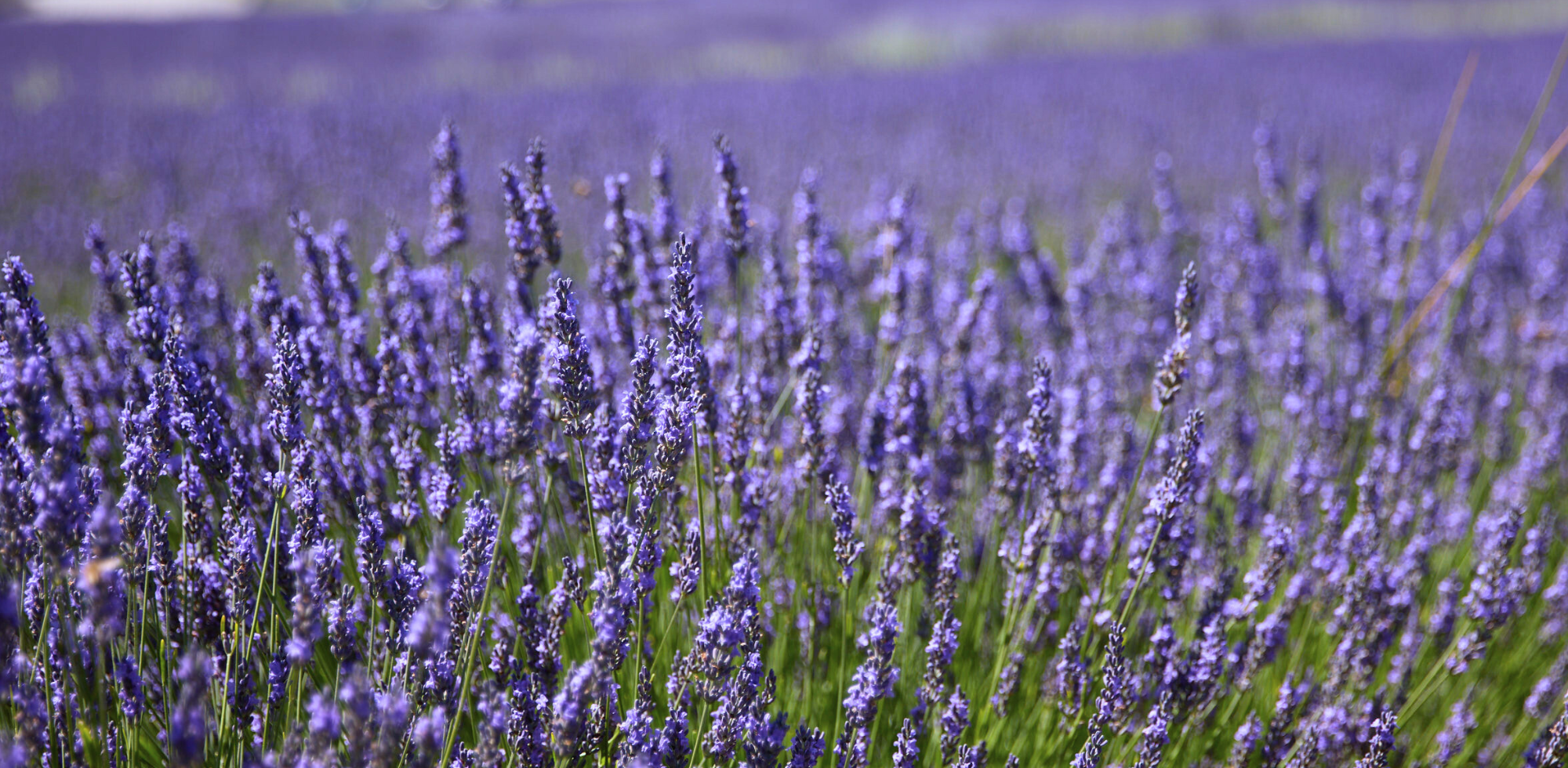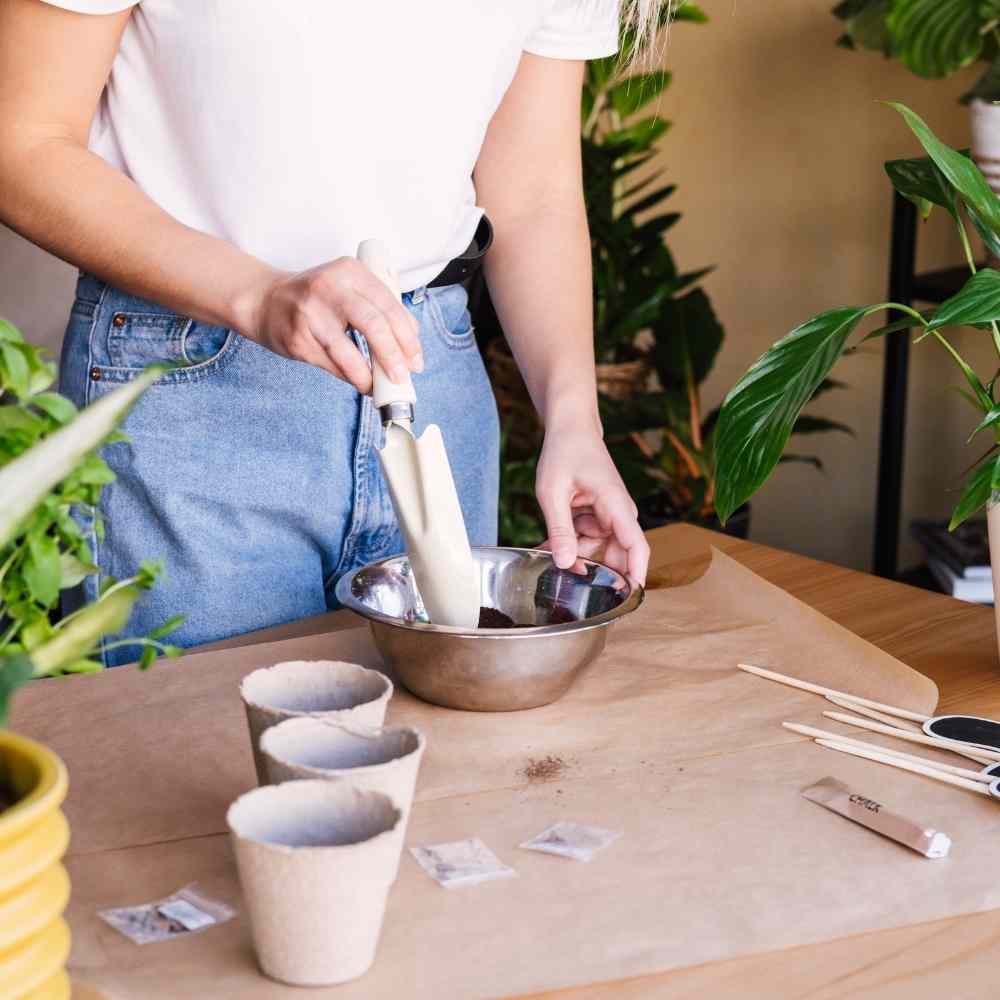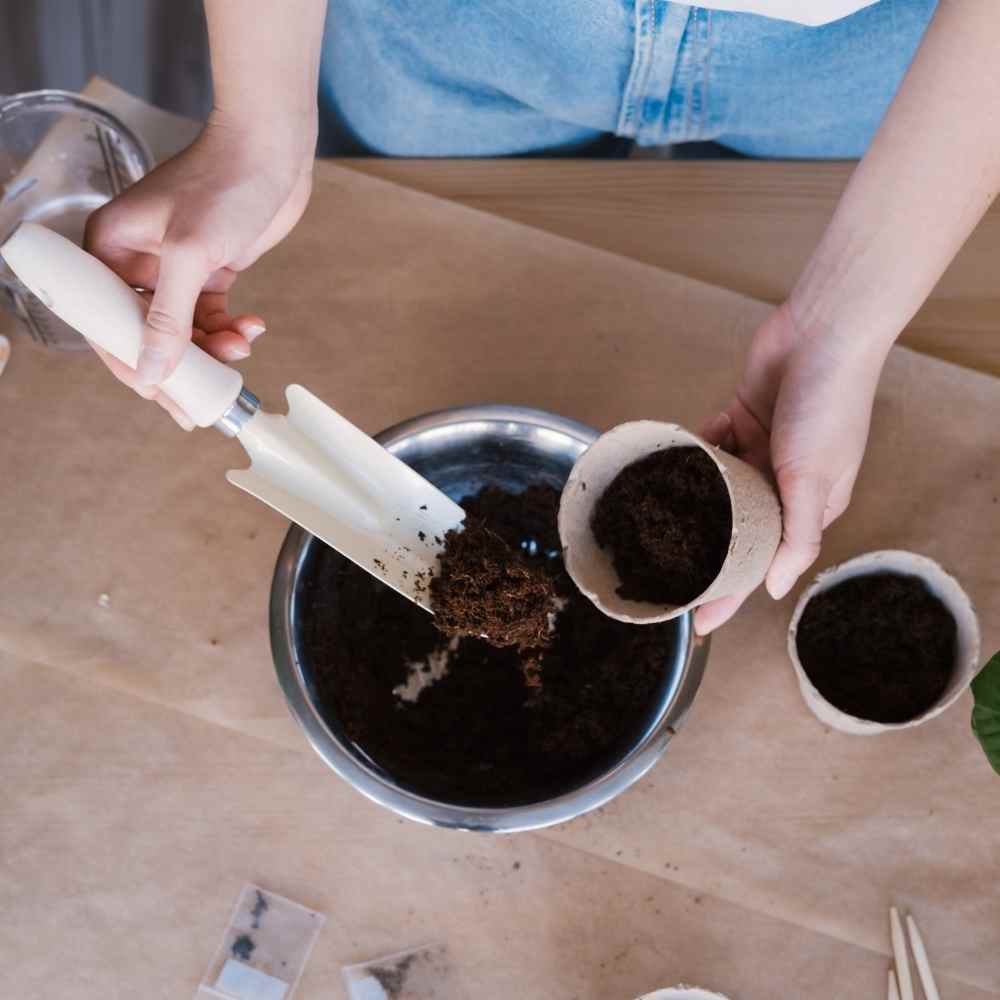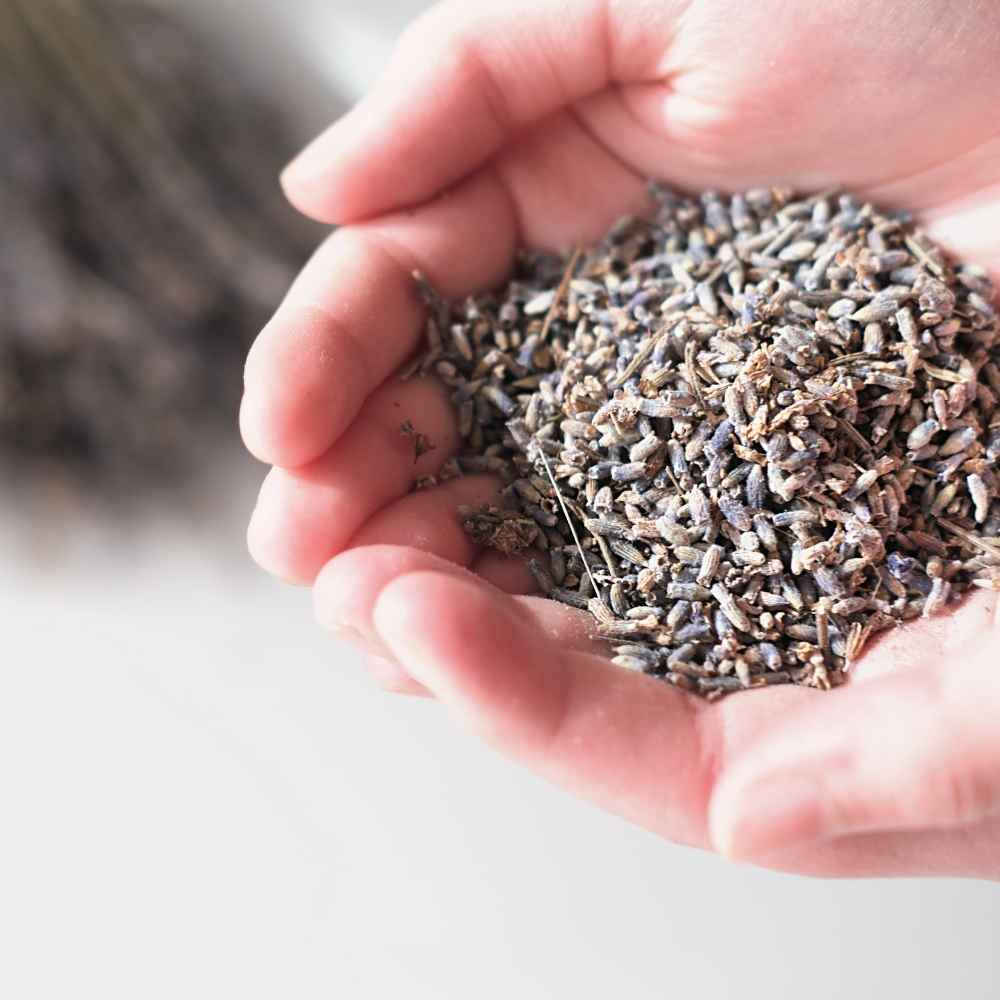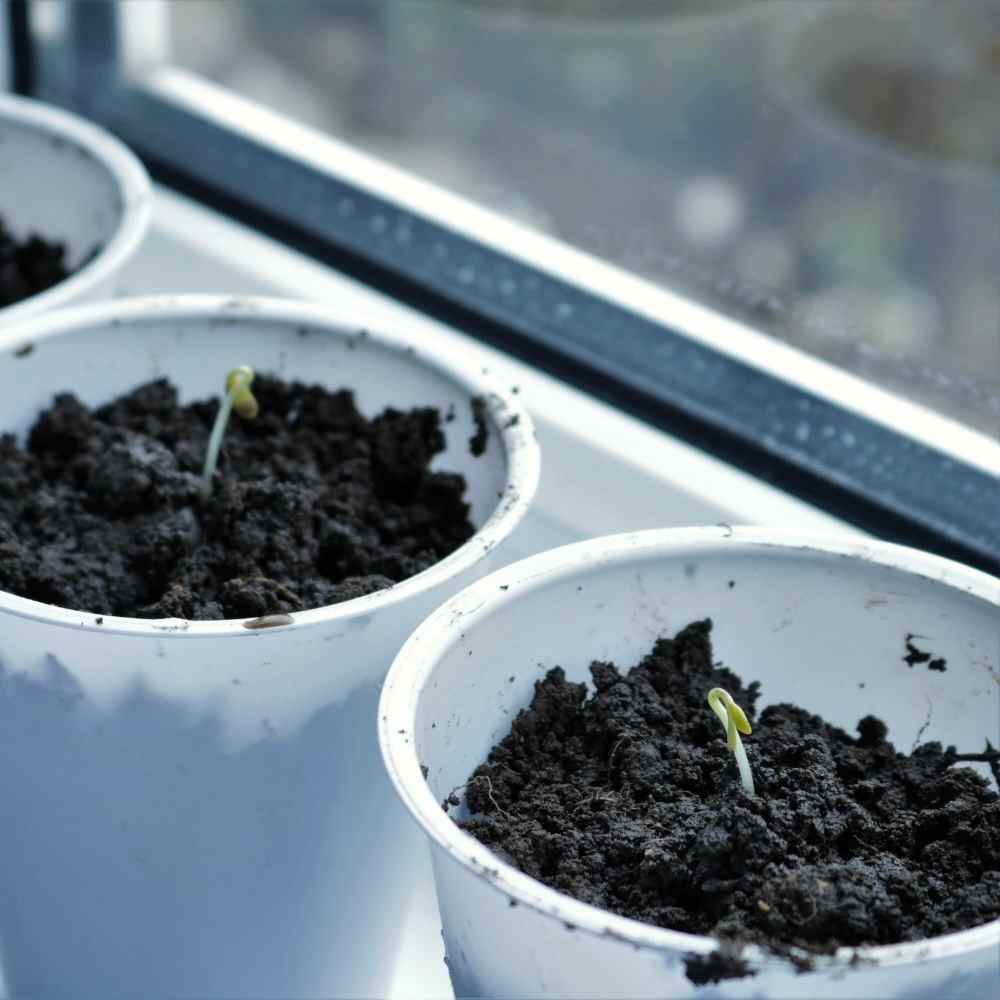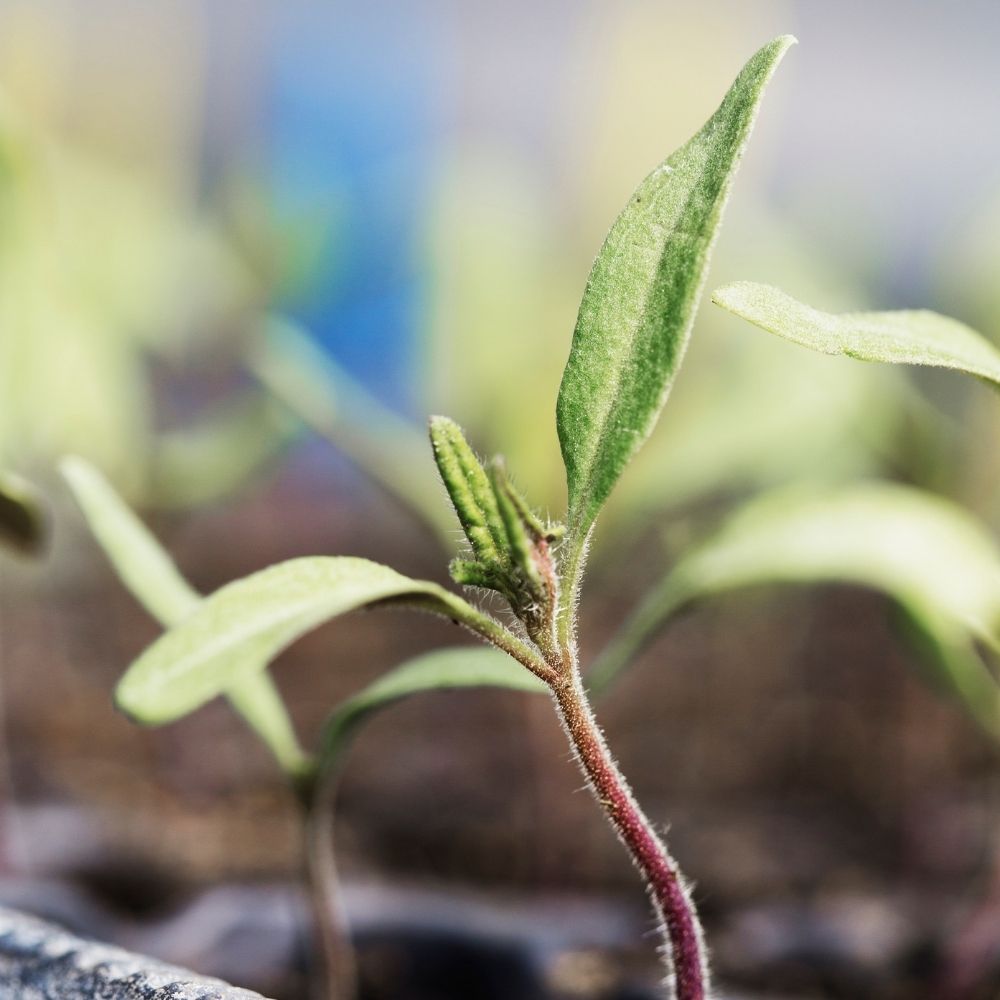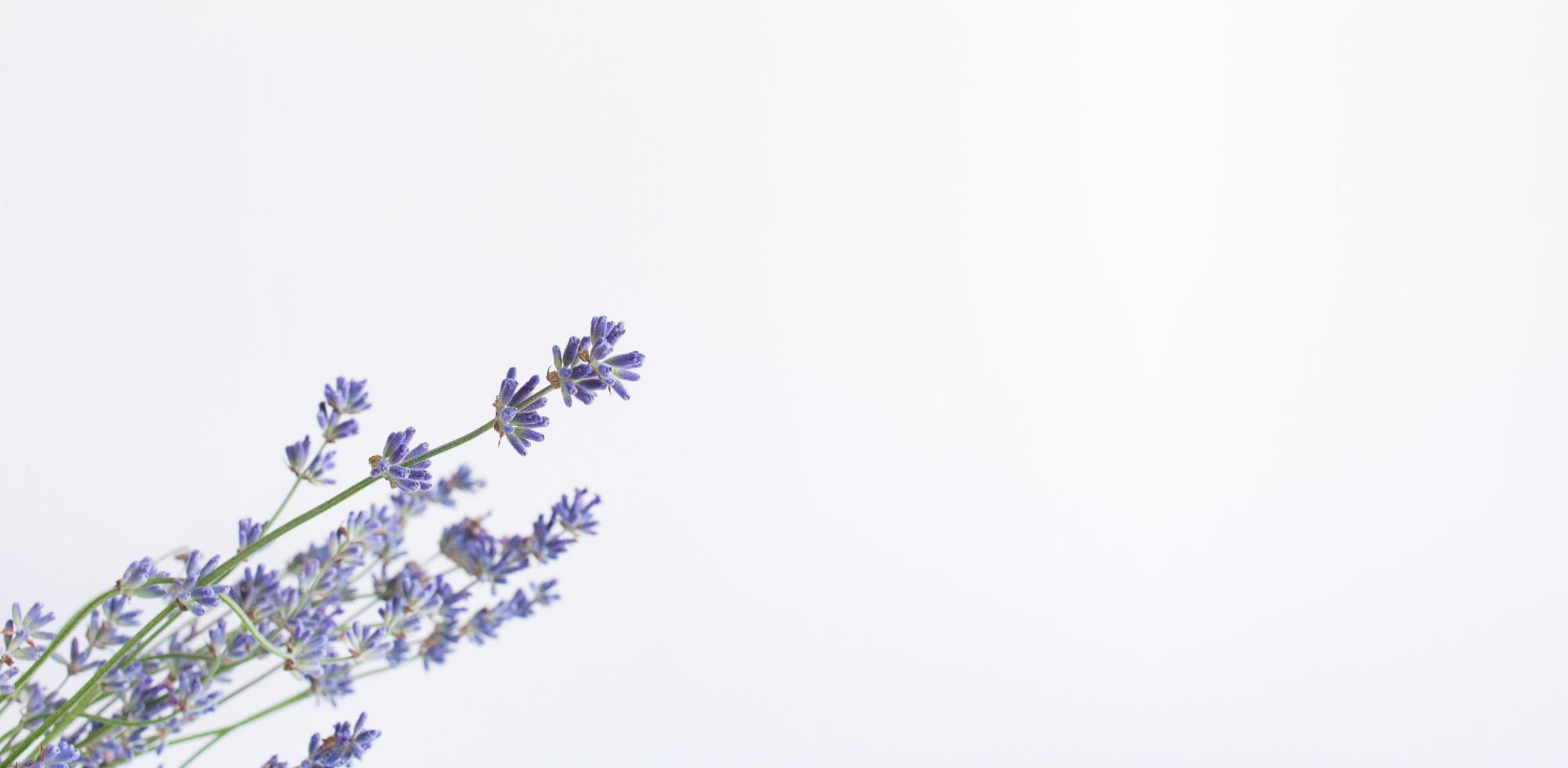FAQ
Sale of lavender plants
This summer, we will be selling lavender plants in Magog and you’ll also learn how to care for these fragrant blooms with their many beneficial uses!
Lavender in general
Lavender belongs to the genus of about 25–30 species of flowering plants in the mint family, Lamiaceae, which also includes thyme, savoury, oregano, mint and sage.
Flowers grow at the top of stems above the foliage of the plant. The corolla, which consists of five petals, forms a tube and is inserted in a calyx that is itself fused into five sepals. The flower has four stamens (the male part of the flower) as well as the style, the elongated part, and the anther, the swollen portion containing the pollen. The pistil (the female part of the flower) encloses four dry seeds called carpels. The style shared by the four carpels opens at its top with two stigmas ready to receive pollen at fertilization.
The best variety is the one you like the most! Everything depends on your personal taste, as there are lots of factors to consider when choosing lavender: smell, flowering, shape, size, leaves, adaptation to the earth, etc. In our experience, we find the following varieties are best suited for the Canadian climate: Munstead, TrueEnglish, Hidcote, Twickle Purple, Rosea, Provence and Grosso.
Lavender care
True Lavender (Angustifolia) can adapt almost anywhere, but you will need a variety that is right for your region. Bleu Lavande, for instance, is located in Zones 4 and 5.
Almost any kind of soil is suitable for growing lavender but be sure to plant it in mounds. They provide better drainage than level ground. Lavender does not do well if the roots are submerged in too much water.
If you live in an area which gets lots of snow, that should suffice, because snow is an excellent insulator. To be on the safe side however, and given that our winter weather is becoming less predictable, you might want to cover your lavender plants with fir and/or pine branches or better still, a protective canvas tarpaulin (or something similar).
Make sure the plants are fully covered so they will survive throughout the coldest time of the year. Do not use styrofoam boxes, dead leaves or straw, because they will rot the plants when they are uncovered in the spring.
Young lavender plants should be watered fairly frequently for the first two or three weeks, in order to let them develop strong roots, but let the soil dry out between waterings. Thereafter, Mother Nature will take care of the plants. That said, if there is a long, dry spell of weather, it’s a good idea to give the plants a good watering around their base, to nourish the roots.
We recommend leaving a radius of at least 60 centimetres (24 inches) of space around a lavender plant. It needs plenty of room to grow and to bloom. Avoid annuals and perennials that spread and grow tall, as they can choke the lavender.
Once the flowering season is over and the plant has dried out, you should prune it with scissors by cutting the stems and shaping the lavender into a ‘ball’. (The scissors should be disinfected first, to prevent the spread of disease.) You can cut away approximately one third of the plant and pruning should be done in mid-September, to allow the lavender to recover before the winter.
Lavender in a planter
Lavender can be cultivated in planters. It needs sun, adequate nutriments and water but it does not bear to have its roots soaking in water. If you touch it, you can smell its essential oil perfume, even when it has no flowers. Don’t forget to choose a planter provided with drainage holes and bigger than the previous planter – 5 cm (2 inches) of diameter. It is important to use a good quality growing media, with compost and perlite. As the lavender does not like having its roots in the water, always wait before watering it again – the ground must be dry on a depth of 2 to 3 cm (1 inch). Do not leave water in the saucer.
After purchase
Transplant and add some flower fertilizer.
Summer
Water as often as necessary – by warm and windy weather, it can be daily. Remove the saucer when it rains. Place in a shaded area if you go away for a few days. Give a 2nd dose of flower fertilizer in July or at the beginning of August. If you do not wish to bring your lavender inside, you can transplant it in the garden until Labor Day.
Autumn
Before bringing your lavender inside, cut it 2 cm over the wood and remove the green stalks. Bring it inside the house when the temperature falls under 10°C in daytime or if there is a risk of frost at night. Place it in a bright and fresh area, far from a source of heat. Continue to water when the ground is dry on a depth of 2 to 3 cm. A garage or a cellar where you keep oleanders or rosemary during winter can also be convenient for the lavender.
Winter
Continue to water. The lavender rests without growing or blooming – usually until March. Then green stalks appear. It is possible that the bottom leaves turn brown and fall. When the vegetation takes back, you can begin your spring routine.
Spring
Transplant and add flower fertilizer. During the day, take your lavender outside and bring it back inside at night. Lavender needs at least 6 hours of sun per day.
Sowing lavender
Lavender seeds germinate slowly. They usually take between 2 and 4 weeks to germinate, although the latecomers can wait until 2 or 3 months before germinating. The number of seeds which germinate can vary. Several factors influence the time and the rate of germination, of which the culture conditions. The seeds of lavender need a damp and warm environment to germinate but also special care, love and patience. Check out our guide below.


